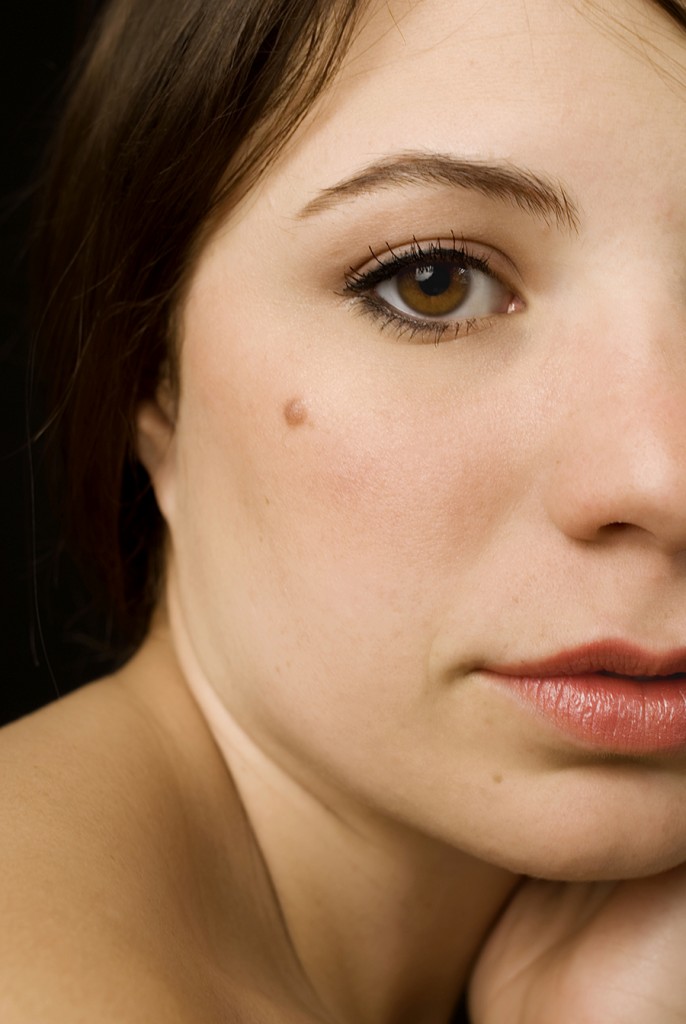
Chances are you have a few moles on your skin. Did you know most people have at least 10? Moles can appear anywhere on the body and are likely to have shown up by age 20. The majority of moles offer little cause for concern but exceptions do occur. Since moles can be linked to skin cancer, it’s a good idea to be proactive and keep an eye out for dangerous moles.
Genetics determines your pattern of moles generally speaking, although sun exposure can cause you to acquire more moles. It can also cause the ones you already have to get darker. It’s just one more reason why you should limit your exposure to sunlight and use sunscreen faithfully. Examining your moles regularly can help with the early detection of melanoma, the deadliest type of skin cancer.
Most moles are benign (non-cancerous) but there are ones you should be concerned about. Examples of these would be moles that look different that other existing moles or ones that first appear in adulthood. This is especially true if there’s a history of melanoma in your family.
Here’s an easy checklist to follow when examining your moles. It’s called the ABCDEs of melanoma:
A for asymmetry: A mole in which one half of the mole does not look like the other
B for irregular border: A mole with a scalloped or poorly defined border
C for varied color: A mole that consists of multiple shades of black, brown, white, red, and/or blue
D for large diameter: A mole that has a diameter larger than that of a pencil eraser
E for evolving: A mole that’s size, shape, or color changes over time
Also look out for:
New moles: A mole that develops, especially if it appears after age 20
Bothersome moles: A mole that bleeds, itches, or is painful
If you notice or experience any of the above, please call our offices today for a professional evaluation.
